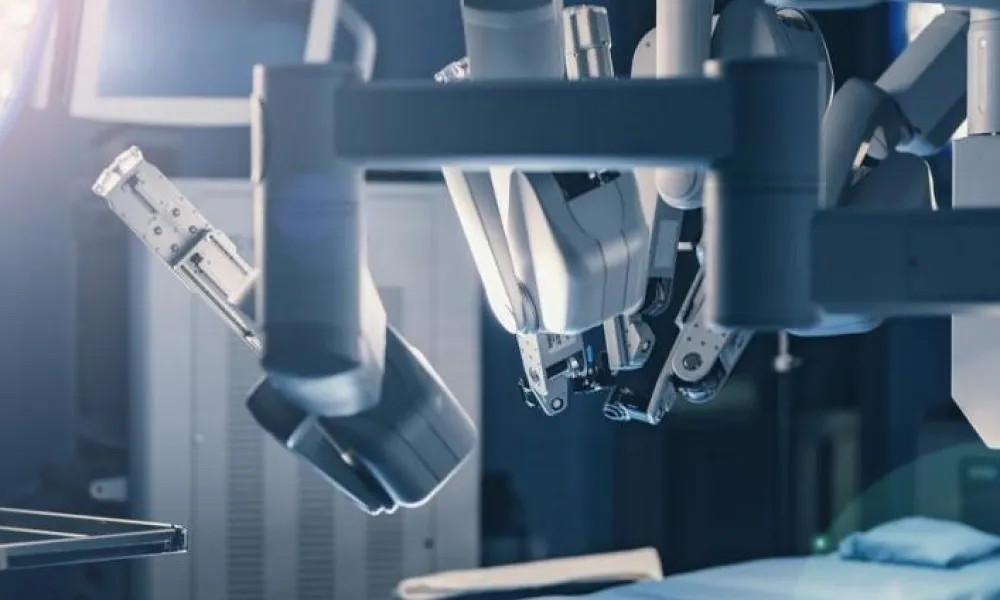Digital technology has been incorporated into so many aspects of our daily lives. For example, our smart phones can track our activity, shopping habits and exercise patterns. However, joint replacement surgery has been a field which only lately embraced this evolution.
Traditionally, when orthopedic implant companies would want to move the market or improve outcomes, they would make new versions of previous hip and knee replacement protheses and introduce new materials or surgical techniques. This was much like car makers coming out with new versions of previous popular cars. Car manufacturers introduced robotics into car assembly, battery powered cars, navigation and self-driving cars. Over the last decade, orthopedic companies have embraced the introduction of digital technology into all aspects of orthopedic care and the devices we use.
At DePuySynthes (the company I have had the pleasure of collaborating with over the last 25+ years), digital technology is being introduced into many aspects of the patient's continuum of care. Preoperatively, use of patient engagement apps have been introduced to assist the patient through the 6 weeks prior to surgery making sure you are well educated and prepared for your procedure. Patient optimization programs are also used preoperatively to make sure all modifiable risk factors are dealt with to minimize your risks before your surgery.
During surgery for hip replacement, we use our Velys hip navigation system which is a digital technology platform that helps guide us to the proper placement of your cup and stem so that we restore the proper mechanics and length for each patient. With knee replacement as previously outlined in earlier blogs, we are use the Velys Robotically Assisted Solution. This is a combination of a computer for planning the proper soft tissue balance for each patient and a robot which helps guide us to precise cuts of the bones.
Postoperatively, patient engagement apps can track your return to activity, send out patient reported outcomes measures which capture a patients progress and improvement after surgery. This data can all be analyzed using artificial intelligence to detect patterns to help us obtain "best practice" procedures and techniques. Through this digital continuum of information we continuously improve.
This is a very exciting time in Orthopedics and we are looking forward to using the latest advances in digital technology to improve our patient outcomes!

